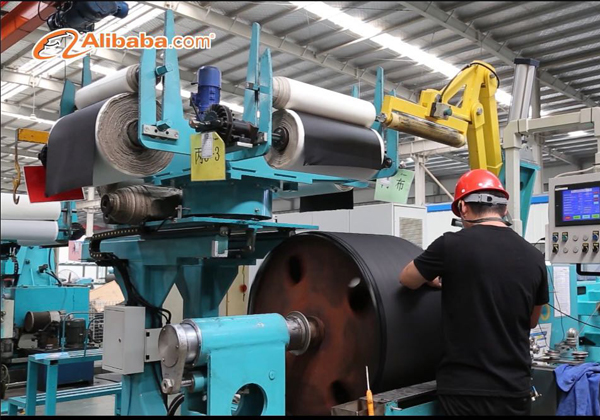- Arabic
- French
- Russian
- Spanish
- Portuguese
- Turkish
- Armenian
- English
- Albanian
- Amharic
- Azerbaijani
- Basque
- Belarusian
- Bengali
- Bosnian
- Bulgarian
- Catalan
- Cebuano
- Corsican
- Croatian
- Czech
- Danish
- Dutch
- Afrikaans
- Esperanto
- Estonian
- Finnish
- Frisian
- Galician
- Georgian
- German
- Greek
- Gujarati
- Haitian Creole
- hausa
- hawaiian
- Hebrew
- Hindi
- Miao
- Hungarian
- Icelandic
- igbo
- Indonesian
- irish
- Italian
- Japanese
- Javanese
- Kannada
- kazakh
- Khmer
- Rwandese
- Korean
- Kurdish
- Kyrgyz
- Lao
- Latin
- Latvian
- Lithuanian
- Luxembourgish
- Macedonian
- Malgashi
- Malay
- Malayalam
- Maltese
- Maori
- Marathi
- Mongolian
- Myanmar
- Nepali
- Norwegian
- Norwegian
- Occitan
- Pashto
- Persian
- Polish
- Punjabi
- Romanian
- Samoan
- Scottish Gaelic
- Serbian
- Sesotho
- Shona
- Sindhi
- Sinhala
- Slovak
- Slovenian
- Somali
- Sundanese
- Swahili
- Swedish
- Tagalog
- Tajik
- Tamil
- Tatar
- Telugu
- Thai
- Turkmen
- Ukrainian
- Urdu
- Uighur
- Uzbek
- Vietnamese
- Welsh
- Bantu
- Yiddish
- Yoruba
- Zulu
Дек . 10, 2024 23:01 Back to list
Understanding the Importance of Timing Belts in Engine Performance and Maintenance
Understanding Belt Timing An Essential Component of Automotive Mechanics
When it comes to the intricate machinery of modern vehicles, understanding the components that contribute to their functionality is vital. Among these, the timing belt plays a critical role, serving as a connective thread that synchronizes the engine's operations. Its importance cannot be overstated, as it ensures that the engine's valves open and close at the correct intervals, thereby facilitating efficient combustion and engine performance.
What is a Timing Belt?
A timing belt is a toothed belt made of reinforced rubber, which connects the crankshaft and camshaft in an internal combustion engine. The crankshaft, driven by the engine's pistons, rotates to turn the timing belt. In turn, the belt rotates the camshaft, which manages the timing of the engine’s valves. The precise timing of these movements is essential for optimal engine performance, fuel efficiency, and reduction of emissions.
The Importance of Timing in Engine Performance
Accurate timing ensures that the valves open and close in harmony with the piston movements. If the timing is off—either due to a worn-out belt or improper installation—serious engine problems can arise. An out-of-sync engine might experience misfires, loss of power, or even catastrophic failure, such as valve-to-piston contact in interference engines.
Furthermore, the timing belt is also integral to the engine's overall efficiency. By ensuring that the engine runs smoothly and efficiently, it contributes to better fuel economy, leading to reduced operational costs for vehicle owners.
Signs of Timing Belt Wear
belt timing

Just like any other component of a vehicle, timing belts have a lifespan and will eventually wear out. Most manufacturers recommend that timing belts be replaced every 60,000 to 100,000 miles, but it's essential for vehicle owners to be vigilant and look out for symptoms of a failing timing belt. Some warning signs include
1. Ticking Noise A high-pitched ticking sound from the engine may indicate that the timing belt's teeth are worn or damaged. 2. Engine Misfires If the timing is out of sync, it can lead to misfires, causing the engine to run unevenly. 3. Oil Leaks Oil leaks near the front of the engine could signify a failing timing belt cover or other related components. 4. Warning Lights Dashboard warning lights, particularly the check engine light, can indicate various issues, including timing belt problems.
Maintenance and Replacement
Regular maintenance is crucial to ensuring the longevity of a timing belt. Routine inspections during scheduled maintenance checks can help identify potential issues before they lead to more significant problems. It’s advisable to follow the manufacturer’s recommendations regarding replacement intervals. When performing a timing belt replacement, it’s wise to also change the water pump and tensioner, as these components are often past their operational life and can affect the integrity of the new belt.
The Benefits of Professional Installation
While some car enthusiasts may consider replacing a timing belt themselves, the complexity of proper installation should not be underestimated. Professional mechanics possess the expertise and tools necessary to ensure that the belt is installed correctly, with the right tension and alignment. This work is vital since any errors could lead to severe engine damage, requiring costly repairs.
Conclusion
The timing belt is a small but mighty component within the automotive world. It acts as the conductor of the engine, ensuring that everything runs in perfect harmony. Proper understanding, maintenance, and timely replacement of the timing belt are essential for any vehicle owner who desires efficient performance and longevity from their vehicle. Maintaining awareness of the signs of wear and following professional recommendations can help ensure that your engine operates smoothly for miles to come.
-
Korean Auto Parts Timing Belt 24312-37500 For Hyundai/Kia
NewsMar.07,2025
-
7PK2300 90916-T2024 RIBBED BELT POLY V BELT PK BELT
NewsMar.07,2025
-
Chinese Auto Belt Factory 310-2M-22 For BMW/Mercedes-Benz
NewsMar.07,2025
-
Chinese Auto Belt Factory 310-2M-22 For BMW/Mercedes-Benz
NewsMar.07,2025
-
90916-02660 PK Belt 6PK1680 For Toyota
NewsMar.07,2025
-
drive belt serpentine belt
NewsMar.07,2025

